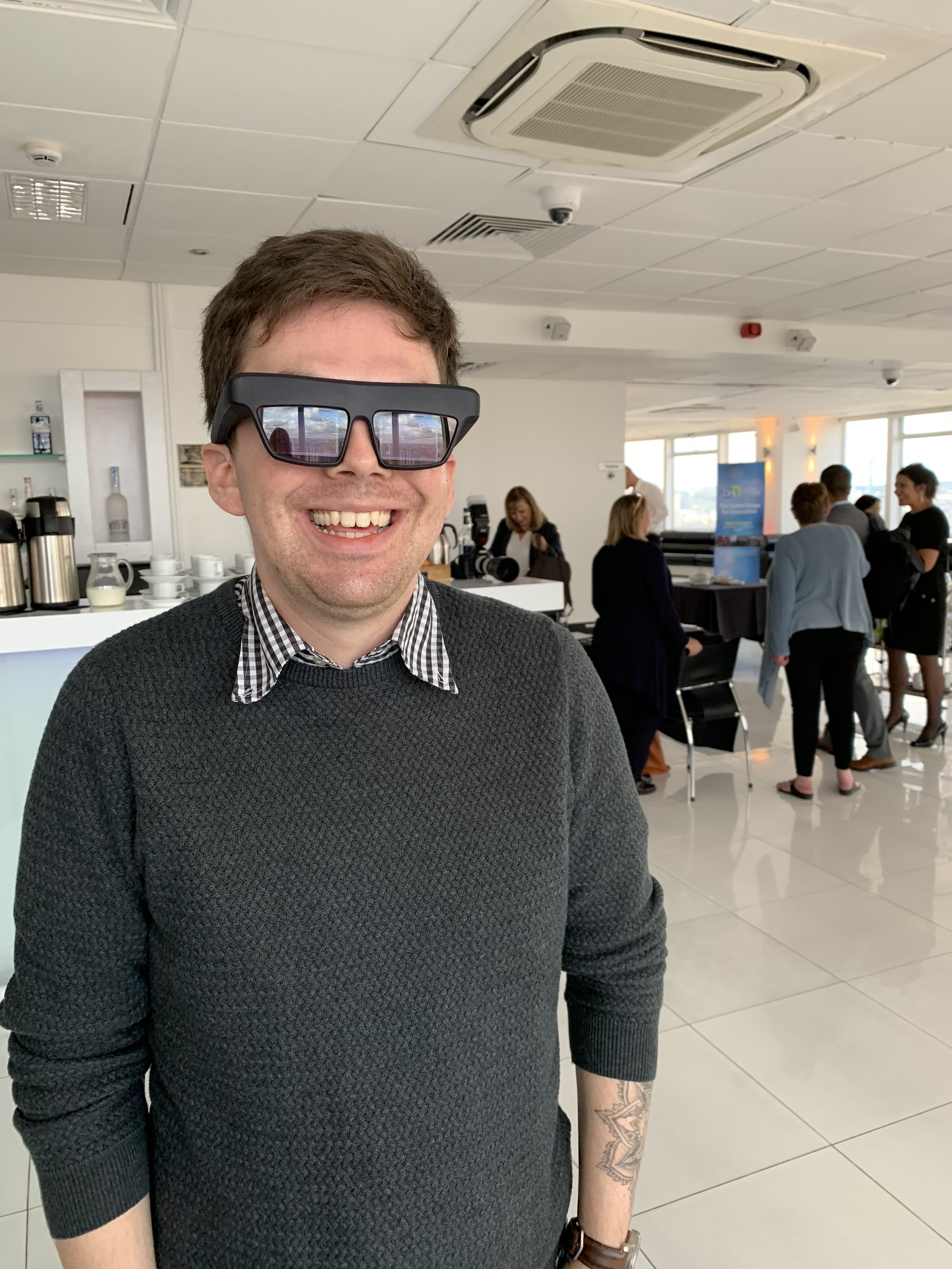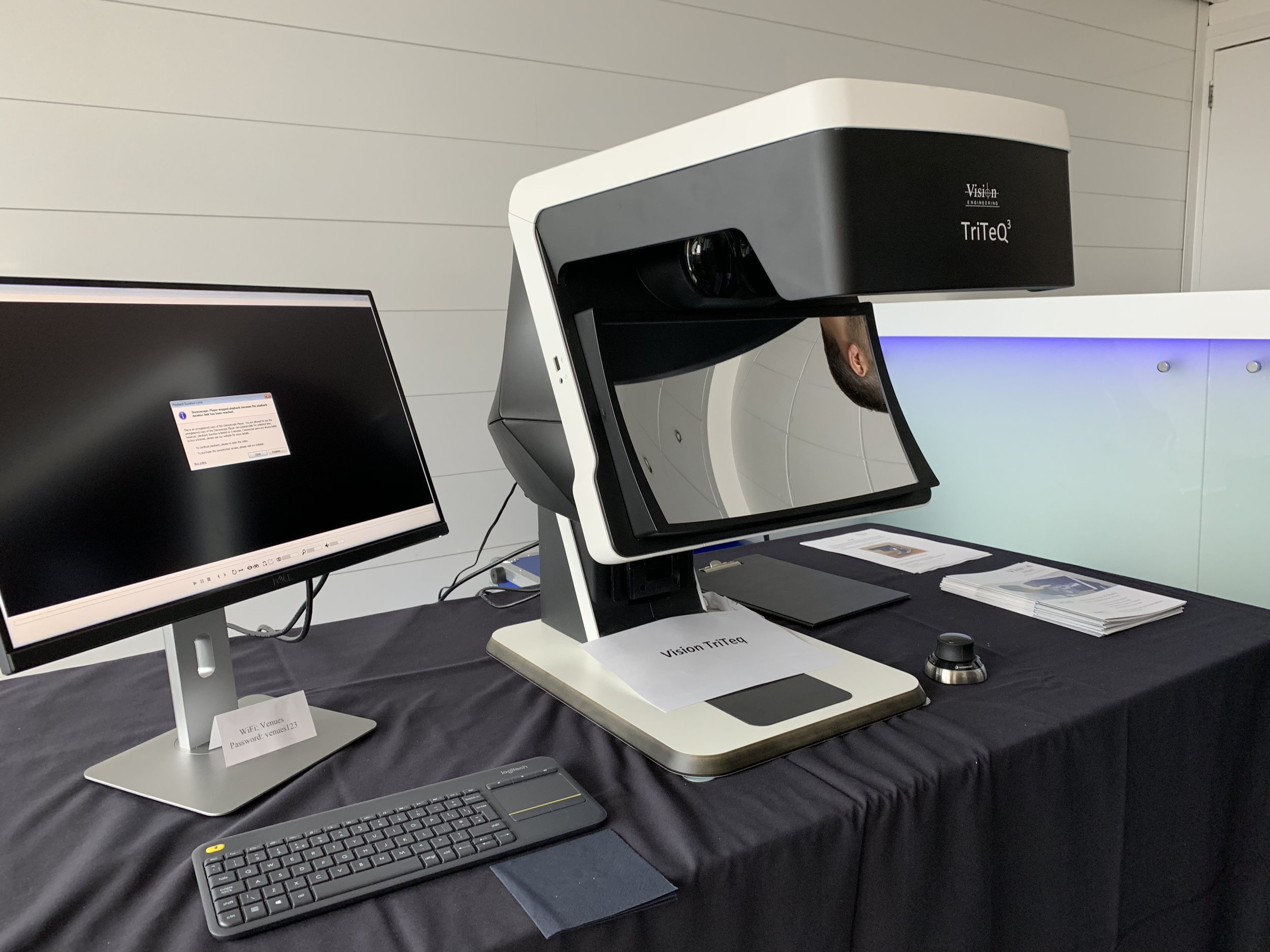CES 2019 Preview - 5 Key Trends Defining The Future Of Consumer Technology
Another year, another CES defining the future of technology. What does the future human have to look forward to in 2019? Here are five key trends to look for at CES 2019.
I got to see the future of consumer technology at a rather swanky CES media lunch in London
This Jamboree of gadget goodness has graced the planet for over half a century - introducing the world of huge innovations from the pocket TV and VCR in the early 70s, through to the rise of wearable tech and flexible TV screens today.
Over the past couple of years, I have been incredibly lucky to go to a preview event detailing what the Consumer Technology Association (CTA) believe will be the top trends heading into the following year (also, looking back, it’s fascinating to see how 2017 and 2018 lead into each other - showing the iterative process of these trends).
This year is no different, as I headed out to Altitude 360 in London for what Principal Skinner would call an unforgettable luncheon. My inner foodie fell in love with the belter of a menu, and I got to hear about the future of tech and try a few gadgets out. Not bad for one day!
Anyway, Steve Koenig, VP of Market Research at CTA, got up and gave his annual presentation detailing the key trends for 2019 (you can find out how he figures these out in my interview with him). This is the five to look out for…
5G By 2020
The next generation of mobile data has been talked about by various companies over the past couple of years - from chip makers pledging their support, to networks commencing their tests.
Expect this to become a bigger talking point at CES 2019, as the first crop of consumer gadgets are announced supporting this new bandwidth.
And the upgrades will be dramatic - potential peak speeds of 20 gb/s over 4G’s 1 gb/s, super low latency, scope for a higher density of connected devices in one area. Not only will you see this become a thing in smartphones, but it could also make a huge dent in the home broadband market. Chances are (pending the reliability of the network), it could far out-perform what is possible through the cables in your average home.
Augmented And Virtual Realities March On
Pulling off the most awkward smile…
In 2017, the CTA predicted a merged reality between AR and VR would be the next step going forward. For 2018, they took a step back and split these two industries up. In 2019, they have demonstrated why, as these two plains of reality go for very different audiences.
Augmented reality is great in consumer devices, but it’s real home has been found in business - providing easy-to-view information for workers whose hands may be busy (a surgeon mid-operation for example). Expect this trend to continue, along with some flashy consumer demos, even though there’s a good chance that the furthest you have interacted/will interact with AR is your snapchat filters or a clothing store smart mirror.
As for virtual reality, this has found a solid home in the consumer market - providing vast experiences from PS VR to Oculus. As more and more people buy headsets, companies are building experiences specific for customers in this area - including the VR theme park in Japan, and the VR ride a little closer to home at Alton Towers.
Glasses-free 3D. A unit like this is definitely not for consumers
Cars Dominate The Conversation
People don’t really view cars as cars anymore, just the same as a smartphone isn’t really a phone anymore. It’s a piece of consumer tech, and that cannot be more evident than seeing carmakers dominate the conversation at CES.
Expect to see more developments in car automation. Now, before you ask the question, no that does not mean self-driving cars. Manufacturers have been hard at work on this, but its nowhere near dropping - give it at least 5-10 years for infrastructure to catch up.
But the key point to takeaway from this is the sheer investments being made in this field, with well over €15 billion already thrown into autonomous driving by companies keen to be the first.
Artificial Intelligence Redefines IoT As “Intelligence Of Things”
Steve made an interesting quip here, changing the common saying “Internet of Things” to what you see in the headline above.
BoomPod’s Aquablaster bluetooth speaker comes packed with Alexa
Digital assistants are very much a thing now, forming a key part of many different gadgets from your standard smartphone smart assistant, to a key controller of the smart home. Expect AI such as this to be embedded into many more devices around you, processing the data of your day-to-day and working efficiently around you.
We already saw this trend starting at CES 2017 with the Alexa-enabled LG smart appliances. Now, we’ll see it take a fuller stride into the world, shifting around consumer behaviours with smart assistants and providing genuinely helpful features like perfect live subtitling for TV shows.
Digital Therapeutics
And finally, health tech. Yep, fitness trackers are going to be everywhere in all shapes and sizes, but I’m not talking about glorified step counters. I’m talking about tech that will actually bring about positive health changes to the people.
Technology can be harnessed to dramatically enhance medical practices. You already see this with the medical records that can be kept on your iPhone for example. Currently, it’s mostly in app form, but the CTA are predicting an influx in medical consumer tech that can help in a lot of fields from diabetes to mental health (a field I’m especially curious to find out more about.





